Saigyô-zakura
Saigyo-zakura is a wonderful color xylograph on paper, made by the Japanese master Tsukiota Kogyo (1869-1927).
The artist's signature is on the red seal printed on the lower left corner.
From the series One Hundred No Dramas (Nogaku Hyakuban), published by Matsuki Heikichi (Daikokuya) and published in 1925.
This modern artwork represents Saigyo-zakura, the poet-monk Saigyo Hoshi reflecting on the splendor of cherry blossoms in Kyoto.
In excellent conditions, except for some light discolorations, this original print preserves all its freshness of lines and colors. The texture of the kimono has a precious silver hatching, and the beauty of the cherry blossoms is emphasized.
Saigyo-zakura is a wonderful color xylograph on paper, made by the Japanese master Tsukiota Kogyo (1869-1927).
The artist's signature is on the red seal printed on the lower left corner.
From the series One Hundred No Dramas (Nogaku Hyakuban), published by Matsuki Heikichi (Daikokuya) and published in 1925.
This modern artwork represents Saigyo-zakura, the poet-monk Saigyo Hoshi reflecting on the splendor of cherry blossoms in Kyoto.
In excellent conditions, except for some light discolorations, this original print preserves all its freshness of lines and colors. The texture of the kimono has a precious silver hatching, and the beauty of the cherry blossoms is emphasized.
Tsukioka Kogyo
Sometimes called Sakamaki Kogyo (1869 - 1927) was a Japanese artist of the Meiji period, a student and adopted son of Tsukioka Yoshitoshi, who also studied with Ogata Gekko. Although Kogyo sometimes painted other subjects, for most of his career he has made pictures of Japanese noh theater, either as large-scale paintings or colored woodblock prints.




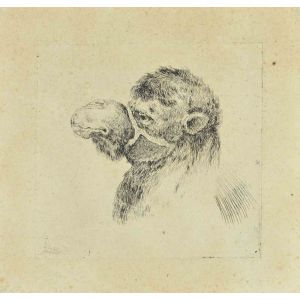
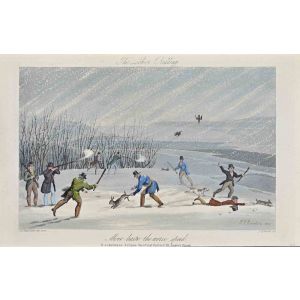
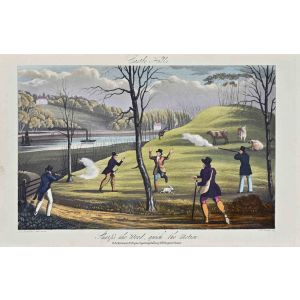
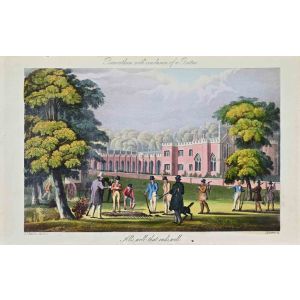
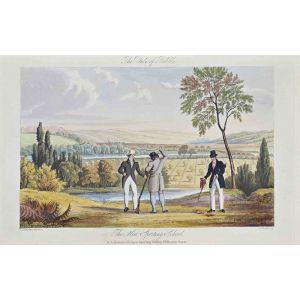
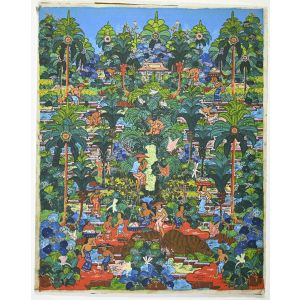
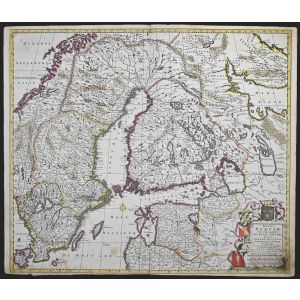
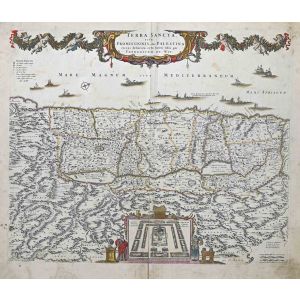
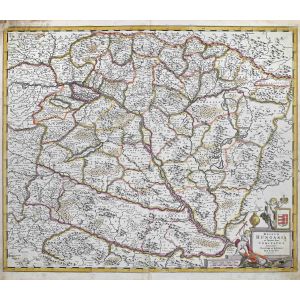
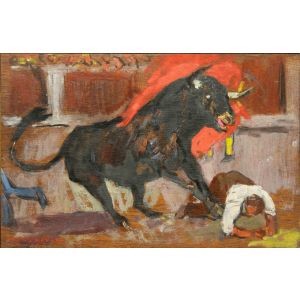
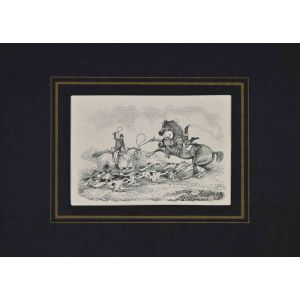
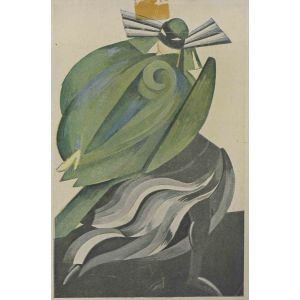
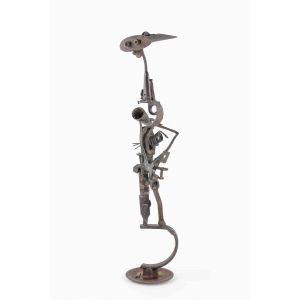
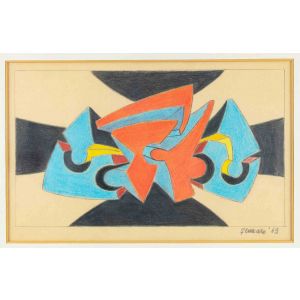
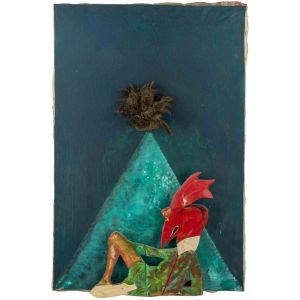
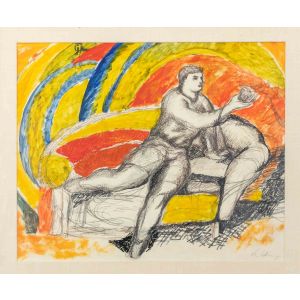

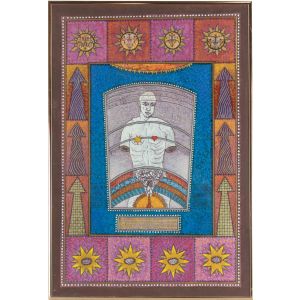
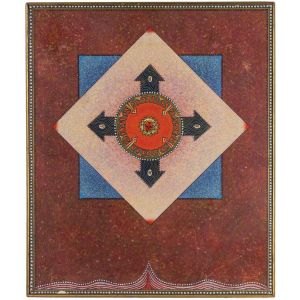
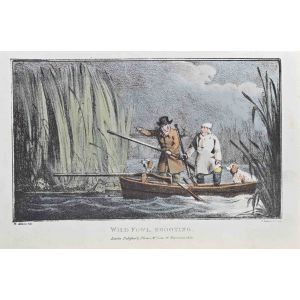












Validate your login
Sign In
Create New Account